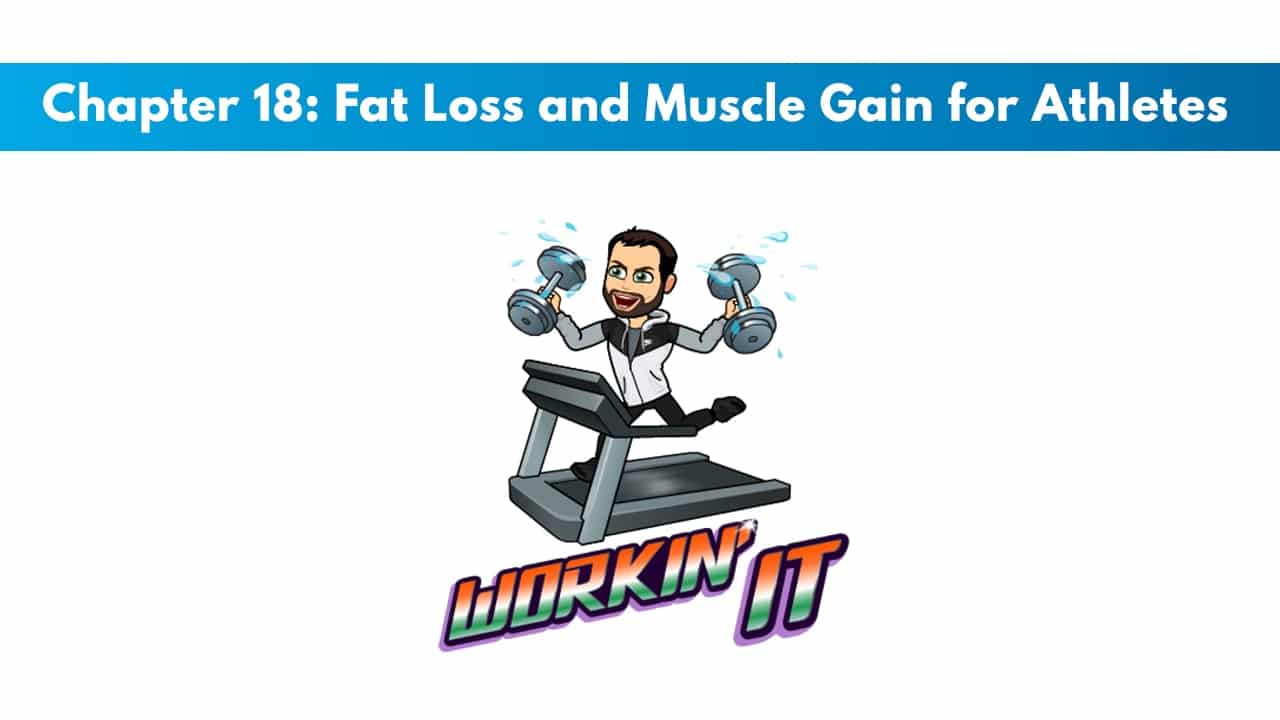
**The Ideal Macro Ratio for Muscle Gain and Fat Loss**
In the realm of fitness and nutrition, the quest for the perfect macronutrient ratio that optimizes both muscle growth and fat loss has been a topic of constant debate. As someone who has embarked on countless fitness journeys, I’ve meticulously experimented with different macro combinations, striving to unlock the formula that delivers the elusive balance of lean muscle gain and reduced body fat.
Through my personal experiences and extensive research, I’ve come to appreciate the significance of finding the optimal macro ratio that complements your individual body composition, training intensity, and overall health goals. In this comprehensive guide, I will delve into the intricacies of macro ratios, providing actionable tips and expert advice to help you fine-tune your nutritional strategy.
**Understanding Macronutrients**
Macronutrients, commonly known as macros, are the three essential nutrients required by the body in large amounts: carbohydrates, protein, and fat. Each macro играет a distinct role in energy production, tissue repair, and overall health.
Carbohydrates provide the primary source of energy for the body, fueling both high-intensity workouts and daily activities. Protein serves as the building blocks for muscle tissue, supporting growth and repair. Fats, often overlooked, are crucial for hormone production, nutrient absorption, and cell membrane integrity.
**The Optimal Macro Ratio**
The ideal macro ratio for muscle gain and fat loss is a topic that has sparked heated discussions among fitness enthusiasts. While there is no one-size-fits-all answer, research suggests that a ratio of 40-50% carbohydrates, 20-30% protein, and 30-40% fat can provide a solid foundation for most individuals.
This ratio provides an adequate supply of carbohydrates to fuel workouts and support recovery, sufficient protein to promote muscle growth and repair, and enough fat to maintain hormone balance and support overall health.
**Adjusting for Individual Needs**
It’s important to recognize that the optimal macro ratio can vary depending on specific factors, including:
- Body Composition: Individuals with higher muscle mass may require a higher protein intake to support muscle growth, while those with more body fat may benefit from a lower carbohydrate intake.
- Training Intensity: Athletes engaged in intense training programs may need a higher carbohydrate intake to replenish glycogen stores and fuel performance.
- Health Concerns: Individuals with certain health conditions, such as diabetes or kidney disease, may require specific dietary modifications and should consult with a healthcare professional.
**Tips for Meal Planning**
To achieve the desired macro ratio, it’s essential to adopt a well-rounded meal plan that includes a variety of nutrient-rich foods from all food groups.
- Carbohydrates: Focus on complex carbohydrates such as whole grains, fruits, and vegetables, which provide sustained energy release and fiber.
- Protein: Include lean protein sources such as poultry, fish, beans, and tofu in your meals to support muscle growth and repair.
- Fat: Incorporate healthy fats from sources such as avocados, nuts, seeds, and olive oil to promote hormone production and cell health.
**Expert Advice**
To further enhance your macro ratio strategy, consider the following expert advice:
- Track Your Macros: Use a calorie tracking app or spreadsheet to monitor your macro intake and ensure you’re hitting your targets.
- Listen to Your Body: Pay attention to how different macro ratios affect your energy levels, muscle recovery, and overall well-being. Adjust your macros accordingly.
- Seek Professional Guidance: If you’re unsure how to calculate or adjust your macro ratio, consult with a registered dietitian or certified nutritionist for personalized advice.
**FAQ**
Q: What happens if I eat too many carbohydrates?
A: Consuming excessive carbohydrates can lead to weight gain, increased insulin levels, and a decreased ability to burn fat.
Q: What are the benefits of eating enough protein?
A: Adequate protein intake supports muscle growth and repair, promotes satiety, and helps preserve lean muscle mass.
Q: Why is fat important for health?
A: Healthy fats are essential for hormone production, nutrient absorption, and cell membrane function. They also contribute to a feeling of fullness.
**Conclusion**
Finding the optimal macro ratio for muscle gain and fat loss requires a tailored approach that considers individual needs and preferences. By following the tips and expert advice outlined in this guide, you can fine-tune your nutritional strategy and unlock the full potential of your fitness journey. Remember, achieving your health and fitness goals is an ongoing process of experimentation and adjustment. Stay committed, experiment with different macro ratios, and find the combination that works best for you.
Do you have any questions or insights about the ideal macro ratio for muscle gain and fat loss? Let’s engage in a discussion in the comments section below.

Image: www.ptpioneer.com

Image: www.pinterest.com
Best Macros Calculator for Tracking Muscle Gain and Fat Loss | BarBend Quick Summary. To effectively balance macros for muscle gain and fat loss, it’s crucial to understand and adjust your daily calorie intake and macronutrient ratio. A macro ratio of 30/30/40 for fat/protein/carbs is generally recommended for building lean muscle mass, with adjustments based on individual calorie needs.